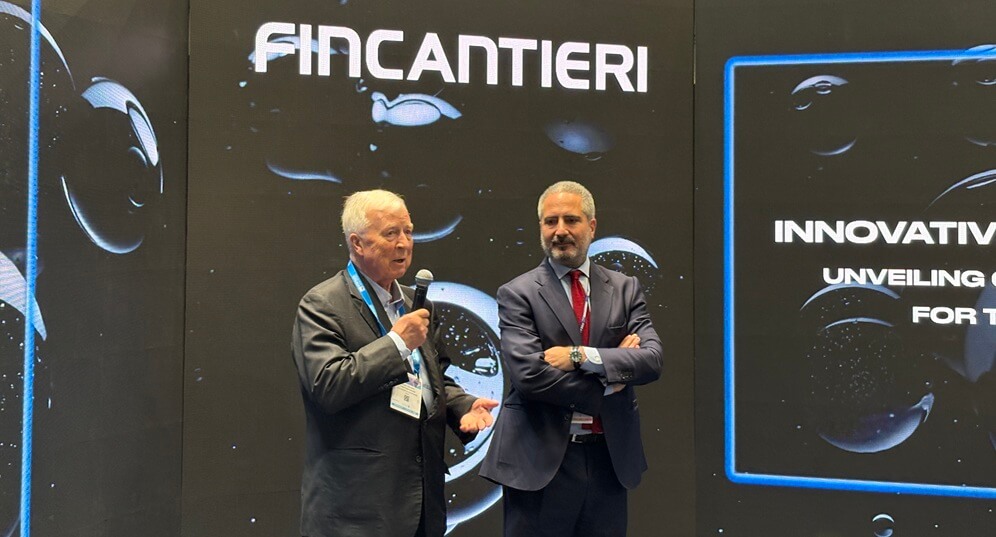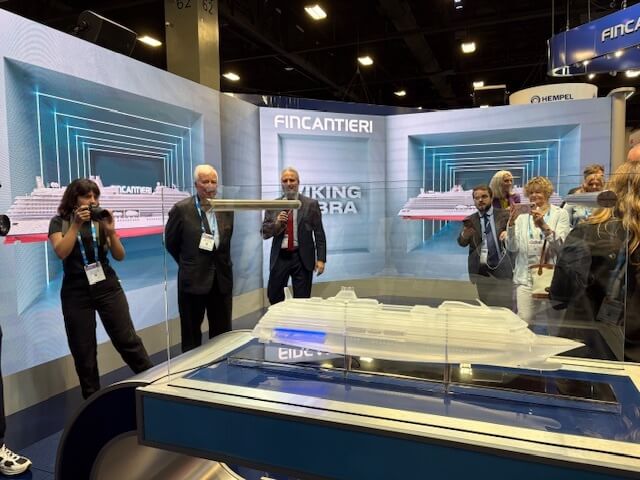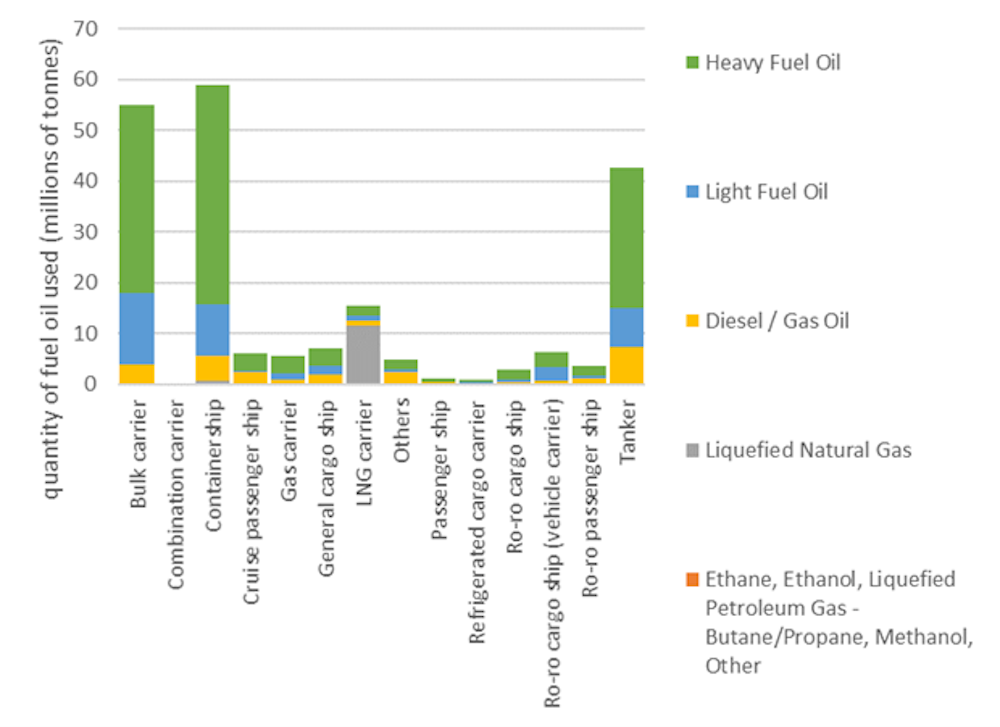Cefor: An Aging Global Fleet Means More Insurance Claims
The Nordic Association of Marine Insurers (Cefor) has released its 2024 hull and machinery coverage report, shining a spotlight on emerging trends in the marine insurance market. Cefor has a coverage share of about 56 percent of the world fleet above 20,000 gross tonnage (GT).
A major highlight in the report is the rising claim cost per vessel since the pandemic. While the major claims impact was benign in the period from 2015 to 2022, with only an occasional claim exceeding $30 million, both 2023 and 2024 saw claims above $50 million. In 2023 and 2024, the claim cost per vessel was 22 percent higher than the average of the period 2017-2019. Cefor attributes this to the shipping trend towards larger and more valuable vessels, which somewhat heightens the probability of very large losses.
“Machinery damage showed a substantial increase in recent years, which should be seen in the context of an aging fleet. Among the largest losses, fires and collisions dominate,” said Cefor Actuary Astrid Seltmann.
Cefor predicts that a silver tsunami is in the offing, with many vessels delivered in the years after the financial crises (2008-2012) now getting old (13-17 years). These vessels are prone to fires, machinery claims and consequential damages. Machinery claims accounted for 56% of the claims cost for these vessels compared to a 35% share on vessels built in later years.
Last year, eleven machinery claims above $5 million were reported. This compares to seven such claims in 2023 and nine in 2022. The majority of machinery claims represent damage to the main engine, followed by auxiliary engines and propeller shafts.
Again, fires and collisions represented the costliest claims in 2024. Since 2019, the number of fires in container vessels has increased, raising concerns in the shipping industry. In 2023, the two largest losses above $50 million were fires, and four out of eight losses above $10 million were fires. In 2024, four out of nine losses above $10 million were fires; the two largest were collisions.
Christian Irgens, chair of Cefor’s Statistics Forum, also highlighted an increase in heavy weather losses, which might be linked to vessel rerouting through more weather-exposed areas. Weather-related casualties from the end of 2023 through the second quarter of 2024 showed a steady increase exceeding the seasonal variation of the preceding years. Increased exposure to weather events on the longer route around the Cape of Good Hope might have had an impact on the occurrence of weather-related damage.

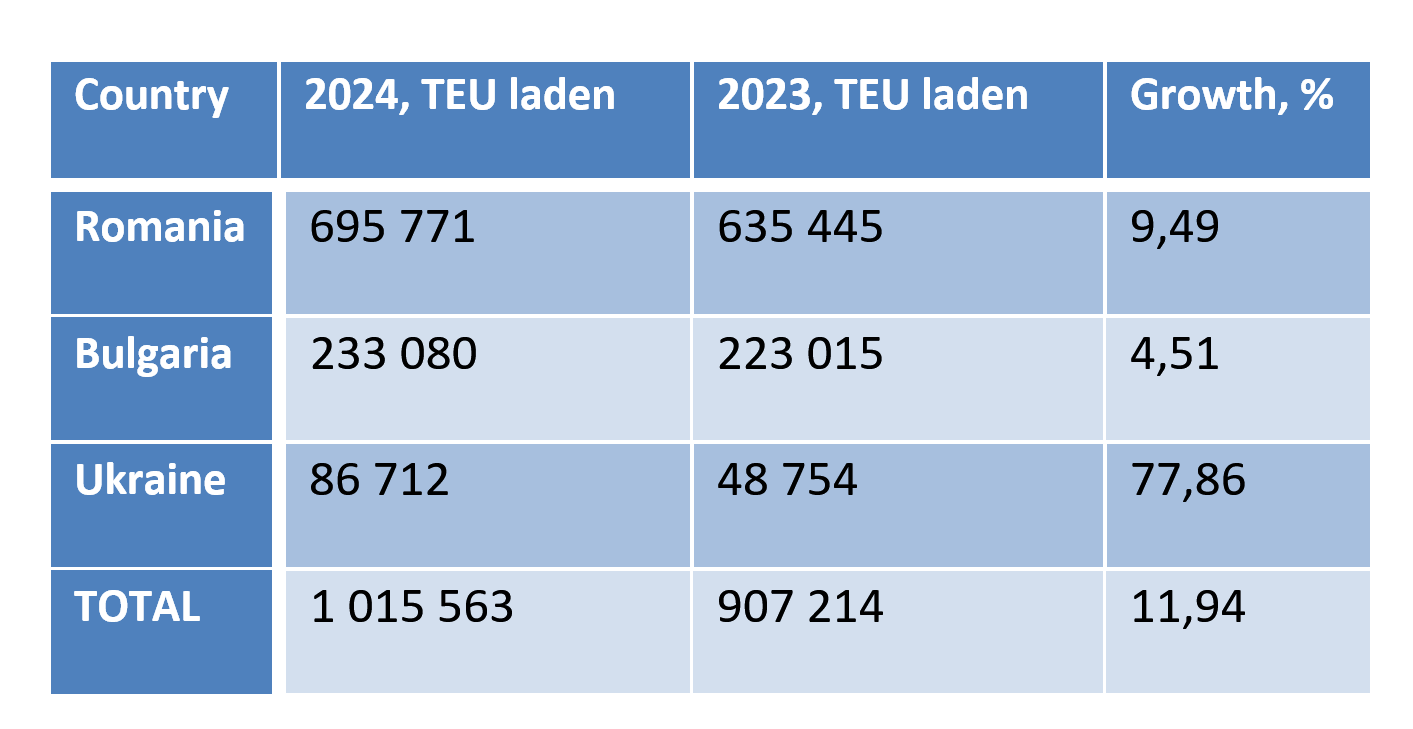 Laden container turnover by country, TEU
Laden container turnover by country, TEU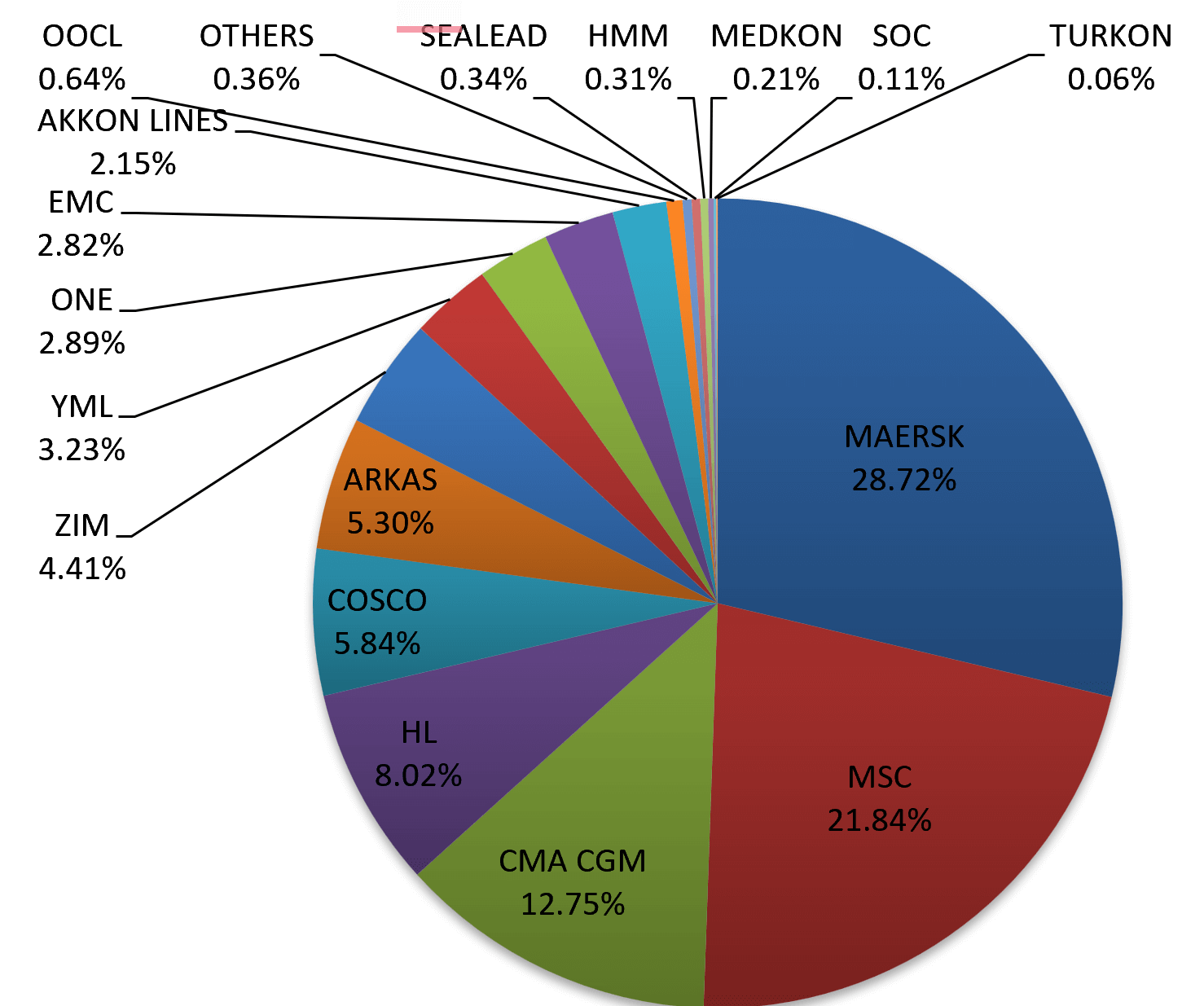 Bulgarian, Romanian and Ukrainian container carriers’ shares by total turnover, 2024
Bulgarian, Romanian and Ukrainian container carriers’ shares by total turnover, 2024